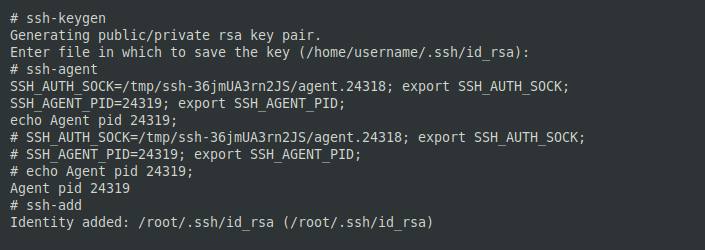Looking for an Expert guide on Xen to KVM migration? We can help you.
VM users often approach us to migrate to KVM, so as to work as a dedicated server.
At Bobcares, we often get requests on Xen to KVM migration, as a part of our Infrastructure Management Services.
Today, let us see how our Migration Experts execute the Xen to KVM migration.
Xen vs KVM
Xen is a hypervisor that enables simultaneous creation, execution, and management of multiple virtual machines on one physical computer.
Whereas, KVM is hypervisor on mainline Linux kernel. Most of the open-source cloud automation software uses KVM as a default hypervisor. The major advantage is that the applications can work as a dedicated server.
Platforms like Red Hat Enterprise Linux6 does not support Xen. In such situations, users migrate to KVM. Let us discuss how our Support Engineers migrate Xen to KVM.
How we migrate Xen to KVM?
We use the virt-v2v tool to convert VM to KVM. The virt-v2v converts the disk images and metadata from the hypervisor to KVM.
Before migration, our Experts check for a few things. It includes the disk space, free space in file systems, network connectivity. We also ensure to stop the VM to run the conversion. So, we recommend such conversions only during off-peak time.
The steps we follow in the migration are:
1. Initially, we install the virt-v2v packages and all its dependencies.
yum install virt-v2v
2. Next, we access the Xen remote host from the virt-v2v conversion server. We access it through private-key based authentication.

3. Later we export the LIBGUESTFS_BACKEND=direct environment variable on the conversion server.
4. Then we add the SSH public key to the /root/.ssh/authorized_keys file on the Xen host. Next, we ensure that the SSH configuration is working.
5. And we convert Xen to KVM using the command
virt-v2v -ic 'xen+ssh://root@xen.domain.com' testguest -os $pool -of $format
Here replace testguest with the name of the new VM. Whereas, $pool with storage pool of new VM and $format with disk format of the new VM.
6. Later our Experts observe the conversion process.
7. Finally, we confirm the VM conversion. For this, we use the command,
virsh list --all
This command lists all the newly created VMs.
A known error in using virt-v2v
A virt-v2v cannot access any VM located remotely over SSH if VM disk is on host block devices. In such situations, we make use of a conversion server. And we use a separate virt-v2v-copy-to-local tool.
[Need assistance in migrating your VM to KVM? – Our Experts can help you.]
Conclusion
In short, Xen to KVM migration often need the assistance of an Expert. Users migrate to KVM to get a dedicated platform for the application. Today, we saw how our Support Engineers do this.







0 Comments